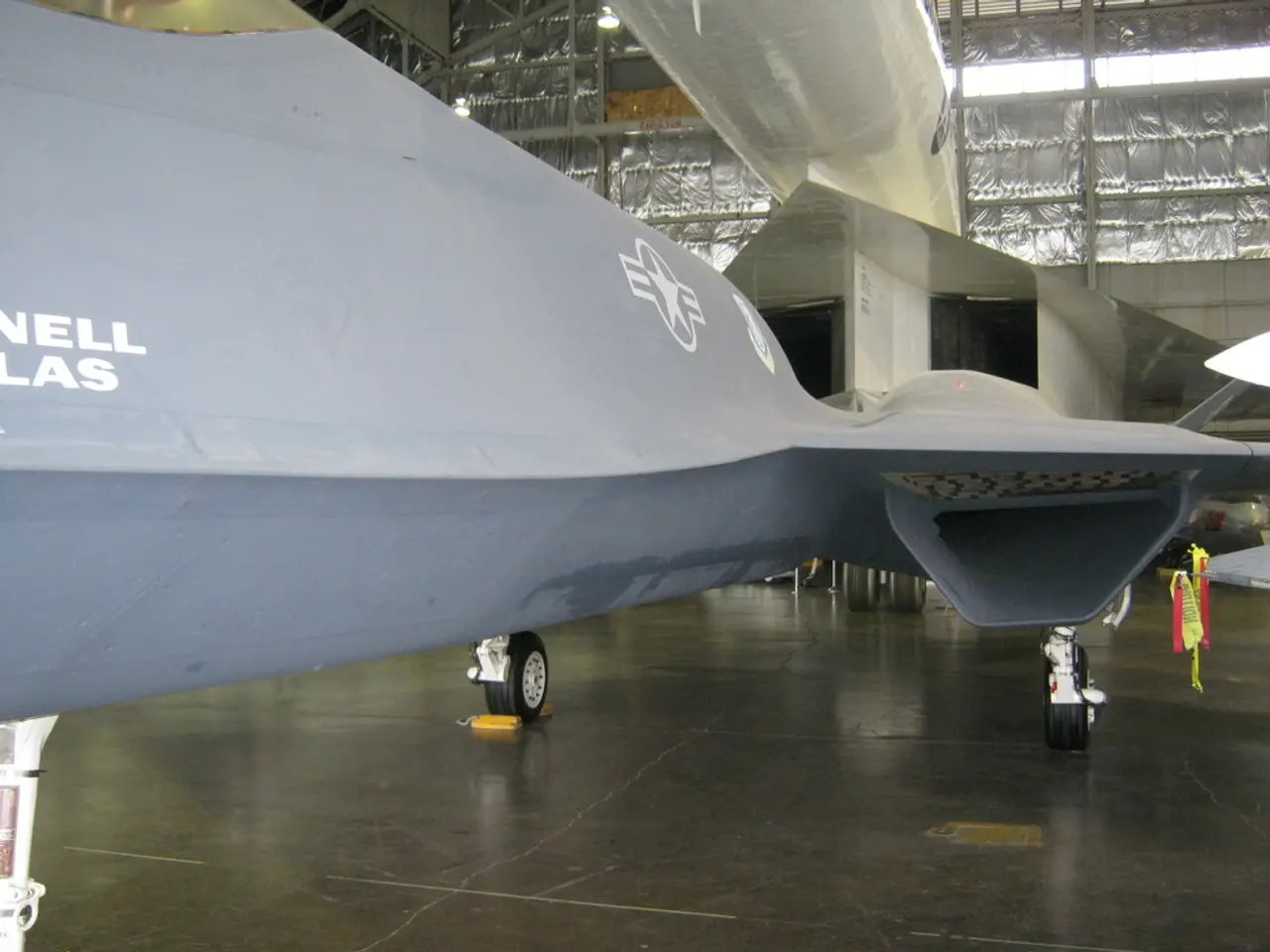Operating principles of airline safety ratings and their ongoing transformations explained
In the ever-evolving world of aviation, staying informed about safety standards has become more important than ever. That's where Airline Ratings comes in, a pioneering organisation that has been setting the benchmark for airline safety since 2012. Founded by aviation expert Geoffrey Thomas and his wife Christine, Airline Ratings' mission is to help travellers feel confident when choosing who to fly with.
Airline Ratings' safety ratings, widely regarded as the gold standard, are based on a comprehensive, data-driven methodology. The ratings focus strictly on operational safety, rather than passenger experience factors like service or on-time performance. Key elements considered include pilot-related safety incidents, fatal accidents over the past 10 years, international safety audits, serious incidents in the past two years, fleet age and size, financial stability, and incident management.
The ratings are expressed through a seven-star system, providing an objective and balanced perspective on airline safety. Airlines without serious pilot issues earn up to three stars, while those with serious incidents may receive between zero and two stars, depending on the severity and frequency. Any fatal accidents involving passengers or crew in the last decade result in deductions from the rating, reflecting the belief that it takes around 10 years to truly change an airline’s safety culture.
This year, Airline Ratings has announced its Top 25 Safest Full-Service Airlines and Top 25 Safest Low-Cost Airlines for 2025. The list is based on the 385 airlines that Airline Ratings monitors. Notably, the number of large, well-known airlines that have moved to better safety practices, including the IATA Operational Safety Audit (IOSA) certification, because of Airline Ratings is significant.
In addition to the annual list, Airline Ratings also releases the World's Safest Airlines list, taking an even deeper look at all the airlines that have earned a seven-star safety rating. This year, Riyadh Air, Saudi Arabia's new airline, has made a promising entry, showcasing its aim to bring a truly five-star service to the skies.
To better reflect the realities of modern air travel, Airline Ratings is updating its criteria. Potential new factors include airline policies around onboard lithium batteries, safety videos, and the use of advanced safety monitoring tools. These updates aim to ensure that the ratings remain relevant and comprehensive, providing travellers with the most accurate and up-to-date information possible.
Airline Ratings also plans to check and update ratings more frequently throughout the year to reflect changes in the industry. This proactive approach underscores Airline Ratings' commitment to promoting safety, supporting best practices, and honouring the extraordinary work being done in commercial aviation every single day.
As we continue to navigate the skies, it's reassuring to know that organisations like Airline Ratings are working tirelessly to ensure that air travel remains the safest form of transportation.
Airline Ratings' safety ratings, based on a rigorous and data-driven methodology, not only focus on operational safety but also aim to update their criteria to include factors like airline policies on onboard lithium batteries, safety videos, and the use of advanced safety monitoring tools, reflecting the realities of modern air travel. The annual Top 25 Safest Full-Service Airlines and Top 25 Safest Low-Cost Airlines lists, as well as the World's Safest Airlines list, help travellers make informed decisions about their travel choices.




